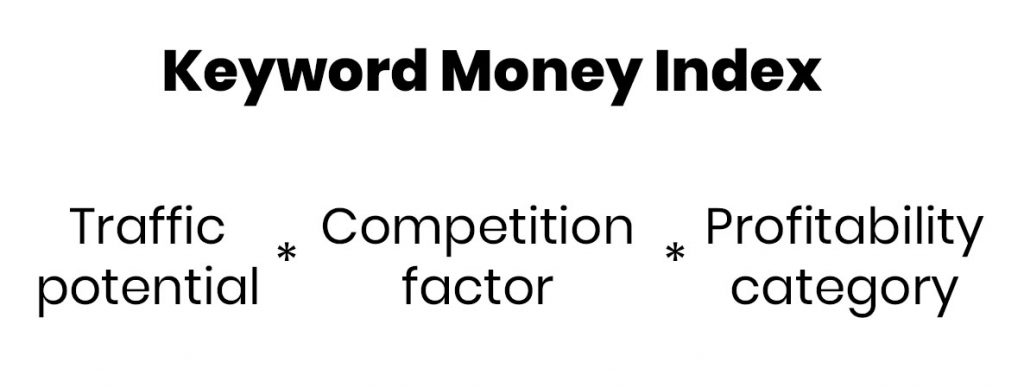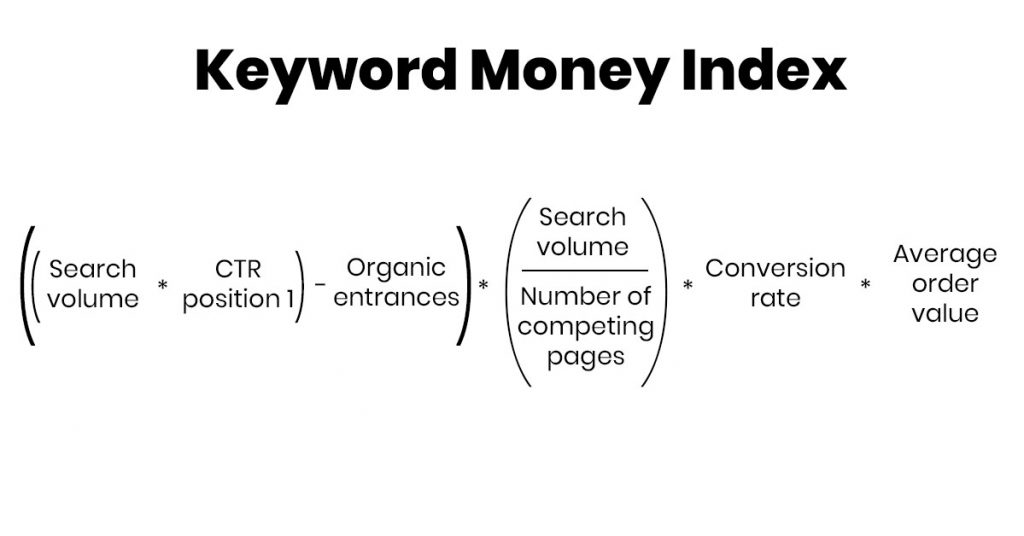At Springest you’ll find 76.000 products (e.g. SEO training) in around 2.000 different categories (e.g. SEO). With these trainings we help people to reach their full potential. I was lucky to help with this beautiful purpose between 2017 and 2018.
Every one of these 2.000 categories has its own page and ranks for different terms in Google. With all of these pages, it’s a big problem to prioritize your efforts.
I’m going to give you my ‘special sauce’. The formula I created to prioritize between all these product categories. This helped the whole marketing team to focus on SEO efforts for these pages.
Whether you’re running an ecommerce site with loads of different category pages or you want to have a deep dive in a valuable SEO process, this is your chance.
| THE BREAKDOWN | |
|---|---|
| Company | Springest |
| Product | Marketplace for trainings, courses and education. The goal is to get courses booked via the platform. |
| Industry | Education |
| Result | A clear overview/list of where to prioritize your SEO focus. The list became the focus in the OKRs of half the company. |
| Tools | Google Sheets, Ahrefs, Google Analytics & internal database for revenue. |
| Skills | SEO & first-principles thinking. |
What you'll learn
Crawl before you run
Most of the time it’s good to think scalable, to think “What can I edit in the category template so all the category/product pages get a boost?”
However, sometimes you first need to do the hard manual work on one specific page, before you can find out what you can actually scale.
At the bottom of the article you can even access the sheet with the formulas pre-made so you don’t have to break the sweat.
Let me first give you the three main factors I wanted to consider in prioritizing traffic.
The three main factors for prioritization

Traffic potential. Where can we get the most traffic? The amount of traffic you can possibly get (search volumes times CTR of position 1). If you already rank on position 3 for a keyword, there’s less to gain.
Competition. Since you’re always fighting for your place in the rankings, agains your competitors, you need to factor in the amount of competition you have to face. I’ll show you exactly what to look for to determine how easy it is (or not) to rank for a certain keyword.
Now let’s get the business side of things. We need to make money, don’t we?
Conversion rate & average order value. Get those visitors to both the easiest to the pages they’re most likes to convertwhich they’ll pay the most.
What if we could put all those important factors into one formula? Oh wait, we’re actually going to do that.
Get ready. Here’s the formula.

This formula will spit out a number. The absolute number is not open for interpretation, but the relevant number is.
The category with the highest KMI is the one to prioritize for the biggest gains.
Now, let’s go through it, step by step.
SEO search volume * CTR Landing page 1
This is the maximum amount of traffic you can get for the keywords you want to rank for. According to Backlinko, 31.7% of all people click on the first result.

(SEO search volume * CTR Landing page 1) – SEO entrances
This is the actual traffic that’s left on the table. At Springest we already ranked first page for a lot of terms, so we needed to account for that.
Search volume / competition
Also: the Keyword Effectiveness Index. This will give you a factor. Above 1 means that demand (search volume) is higher than supply (competition) and thus generally speaking it’s easier to rank for the term.
How you’ll find the ‘competition’? Try “allintitle:[search query]”. This will give you all the pages with your search query in the title. The things we are most interested in, is the amount of results. See:
The amount of results equels all pages that seriously try to rank for your search query. In this case there are 7490 competitors to my growth marketing blog.
Conversion rate * Average booking value
Ka chinggggg. The side that actually brings in the business value of this whole formula.
How to make this formula yourself? + Link to the template
Get all the search volumes of the topics you have. In our case, we had multiple e.g. scrum training, scrum education, scrum course.
Yes, this was a sh*t ton of work to put in a sheet. But if you can add real value to your organisation, the choice is easily made. So roll-up your sleeves.
One thing that helps: don’t fill in all the data for all your categories. The top 20% most profitable also helps. Follow the 80/20 rule here.
This is an example of how the columns of your sheet should be for the formula:
You know what? Here’s a link to the Keyword Money Index Google sheet with the formulas in it and an example for you to use. You just have to fill in the blanks.
What did we do at Springest with this list?
We now knew exactly where the most of the easy to get money is still on the table. So we thought of experiments to see what the effect would be on the rankings. Think about:
- Linkbuilding
- Add content relevant to the buying stage
- Get more relevant internal links to the category
- Get out custom USP’s
That’s just the SEO side. Something what has a high correlation with conversion rate is the amount of trainings and the amount of reviews these trainings have. The team that worked on the supply side of the marketplace, was focusing extra hard on getting in new companies for the most important categories.
The beauty of breaking things down to a formula, is that you can now test how much you can influence every part. And how much effect every part actually has on your final outcome. So as always: test, test, test.
Downfalls of the Keyword Money Index
First of all, most results in the search engine rankings are non-linear. This means that it’s way harder to go from position 2 to 1 than from 10 to 9. However, our keyword effectiveness index (remember? Search volume divided by competition.) doesn’t account for that.
Secondly, if you have a dutch word, that’s also english, like “scrum training”, you’re competition goes through the roof. This is because the Dutch language is alike the English language. See:

However, you’re not really competing with all these pages, your intent is most likely to follow a dutch scrum training. What you can do is the following:

Aha! Now we actually have the real amount of competitors. By adding “site:.nl” to your query, you’ll only be shown Dutch sites. So your scrum query would be:
“Allintitle:scrum training site:.nl”.
Furthermore Search engines don’t give a 100% accurate number of pages in their index. This means your competition factor (KEI) is never fully accurate. However, it’s the closes thing I can find for competition.
That’s it. If you want to implement this formula, need help, or don’t know what to do with the results, get in touch!
Want to dive deeper into SEO? Read how I increased organic visitors by 260%.














